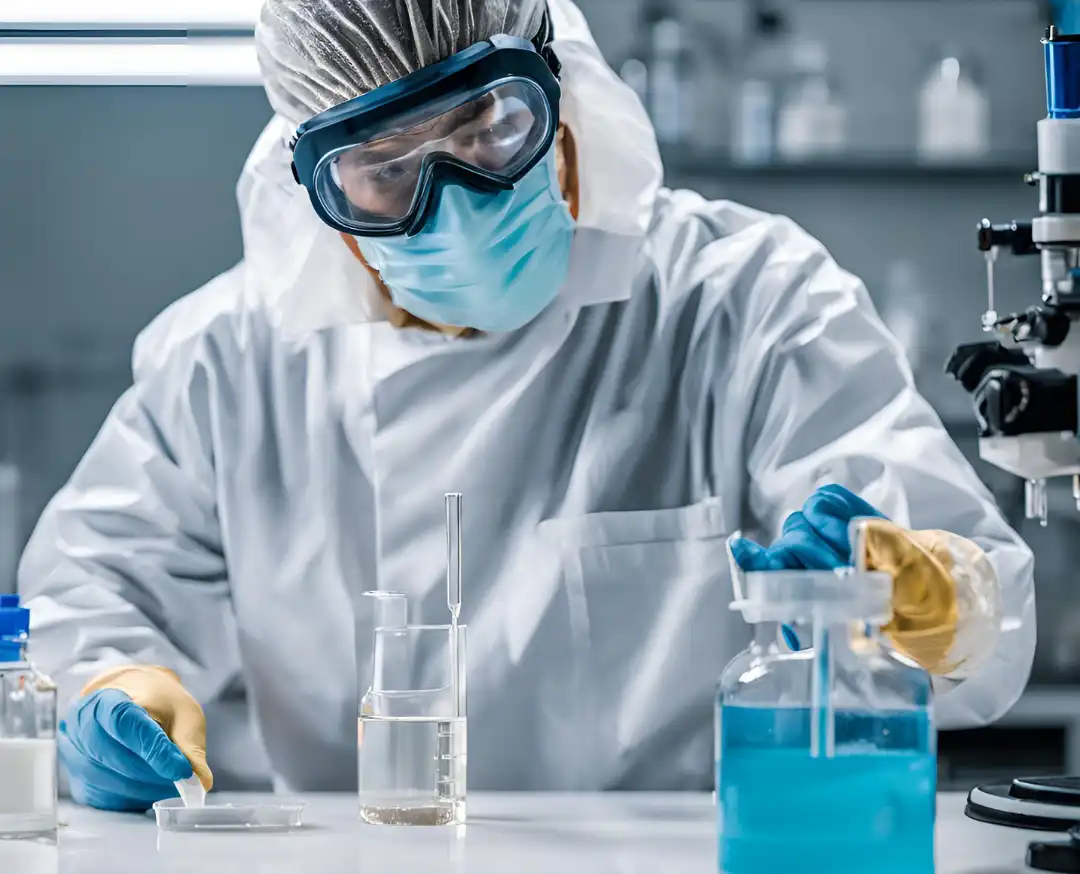The difference between water quality sensors and traditional water test equipment lies in their technology, functionality, speed, and application. Here’s a detailed comparison:
1. Technology and Operation
- Water Quality Sensors:
- Use advanced technologies such as electrochemical, optical, or colorimetric methods.
- Often integrated with digital systems for real-time data collection and analysis.
- Can be connected to IoT (Internet of Things) platforms for remote monitoring.
- Traditional Water Test Equipment:
- Relies on manual methods such as titration, color comparison, or laboratory analysis.
- Requires physical collection of water samples for testing.
- Often involves chemical reagents and visual interpretation of results.
2. Speed and Efficiency
- Water Quality Sensors:
- Provide real-time or near-instantaneous results.
- Continuous monitoring is possible without frequent manual intervention.
- Faster decision-making due to immediate data availability.
- Traditional Water Test Equipment:
- Results are delayed due to the need for sample collection, preparation, and lab analysis.
- Testing can take minutes to hours, depending on the parameter and method.
- Not suitable for continuous monitoring.
3. Accuracy and Precision
- Water Quality Sensors:
- High accuracy and precision, especially with calibrated and advanced sensors.
- Less prone to human error since automation reduces manual handling.
- Traditional Water Test Equipment:
- Accuracy depends on the skill of the operator and the quality of reagents.
- Prone to human error during sample collection, preparation, and interpretation.
4. Portability and Ease of Use
- Water Quality Sensors:
- Many are portable and designed for field use (e.g., handheld multiparameter meters).
- Easy to use with minimal training, especially digital models.
- Some sensors are submersible and can be deployed directly in water bodies.
- Traditional Water Test Equipment:
- Often bulky and requires a laboratory setting for accurate results.
- Requires more training and expertise to perform tests correctly.
- Not ideal for on-site or field testing.
5. Cost
- Water Quality Sensors:
- Higher initial cost due to advanced technology.
- Lower long-term costs due to reduced need for reagents and labor.
- Traditional Water Test Equipment:
- Lower initial cost for basic kits (e.g., pH strips, titration kits).
- Higher long-term costs due to recurring expenses for reagents, lab analysis, and labor.
6. Applications
- Water Quality Sensors:
- Ideal for continuous monitoring (e.g., environmental monitoring, aquaculture, wastewater treatment).
- Suitable for real-time decision-making in industrial processes or emergency situations.
- Used in IoT-based systems for smart water management.
- Traditional Water Test Equipment:
- Better for spot-checking or occasional testing (e.g., home water testing, educational purposes).
- Used in laboratory settings for detailed analysis and research.
7. Maintenance
- Water Quality Sensors:
- Requires regular calibration and cleaning to maintain accuracy.
- May need software updates for digital systems.
- Traditional Water Test Equipment:
- Requires replenishment of chemical reagents and replacement of consumables (e.g., test tubes, strips).
- Less maintenance but more repetitive manual work.
Summary Table
| Feature | Water Quality Sensors | Traditional Water Test Equipment |
|---|---|---|
| Technology | Electrochemical, optical, digital | Manual, chemical-based methods |
| Speed | Real-time or near-instantaneous | Minutes to hours (delayed results) |
| Accuracy | High (with calibration) | Depends on operator skill |
| Portability | Portable and field-deployable | Often bulky, lab-based |
| Cost | Higher initial cost, lower long-term | Lower initial cost, higher long-term |
| Applications | Continuous monitoring, IoT systems | Spot-checking, lab analysis |
| Maintenance | Calibration, cleaning, software updates | Reagent replenishment, manual work |
When to Use Which?
- Use Water Quality Sensors:
- For real-time monitoring, continuous data collection, or integration with automated systems.
- In applications like aquaculture, environmental monitoring, or industrial processes.
- Use Traditional Water Test Equipment:
- For occasional testing, educational purposes, or when budget constraints limit advanced technology.
- In settings where lab-based analysis is sufficient.
Both have their place in water quality management, and the choice depends on the specific needs, budget, and application.

